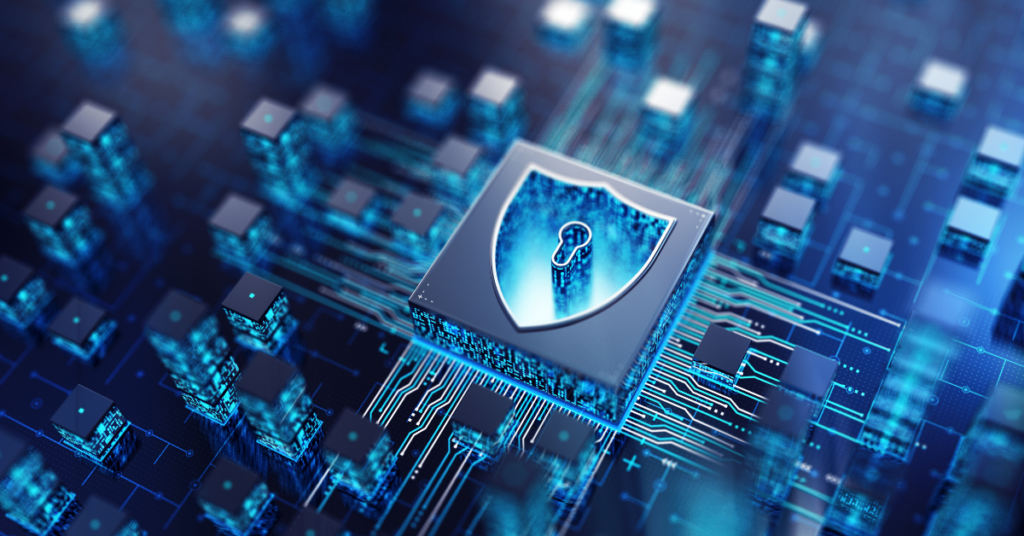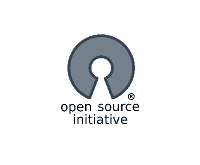
By: John Vatianou
In the ever-evolving cybersecurity landscape, recent events have highlighted the persistent challenges organizations face in safeguarding sensitive information.
Several high-profile data breaches have occurred out in the world, each shedding light on different aspects of cybersecurity vulnerabilities.
In recognition of October being Cyber Security Awareness Month, let’s delve into some of these incidents and extract valuable lessons to fortify our defenses against potential threats.
MoveIt Ransomware Attack: A Global Impact
The ransomware gang Clop exploited a zero-day vulnerability in Progress Software’s MOVEit Transfer tool, affecting over 2,000 organizations and compromising data from millions of individuals. Hackers used the “secure managed file transfer software” to attack compliant organizations such as government agencies and schools.
According to Kolide, “We can assume that most of them had MOVEit to meet their regulatory compliance obligations, so they could transfer data in a more secure fashion than via email or consumer-facing file sharing applications.” Essentially a crime of opportunity, the incident exposed and exploited a single vulnerability. When MoveIt made subsequent patches, the company had trouble keeping up with the pace of the attackers. This breach emphasizes the importance of swift responses to identified vulnerabilities and the need for comprehensive cybersecurity measures to prevent widespread damage.
LastPass: Targeting the Human Element
LastPass, a widely used password management service, experienced a breach initiated through a compromised software engineer’s laptop to gain access to a cloud-based development environment. According to The Verge, “The adversary stole source code, proprietary technical documentation, and some of the company’s internal system secrets.” This included “cleartext embedded credentials, stored digital certificates for the company’s development infrastructure, and encrypted credentials used for production.” This was apparently done due to the employee not updating third-party software that included a patch for the vulnerability.
This incident emphasizes the vulnerability introduced by the human element. Even with robust technical defenses, lapses in individual practices can lead to significant breaches.
This breach highlights the limitations of MFA (multi-factor authentication). The DarkReading blog states, “…Keylogging malware captured an employee’s MFA token, allowing the attacker to bypass this security measure. This shows that not all MFA methods are equally secure.”
DarkBeam: A Cautionary Tale
DarkBeam, a prominent cyber vulnerability and threat management provider, recently faced a significant blow with the breach of over 3.8 billion records and the personal data of 479 million users – the most significant data breach of 2023. Attackers can use this type of data to commit identity theft, fraud, and other crimes.
In 2020, a DarkBeam researcher inadvertently contributed to the breach by compiling publicly available data and forgot to password-protect a database containing the leaked data after finishing maintenance.
Human error is the main cause of this breach. From a consumer perspective, we can learn to constantly update and complicate our passwords on all devices, apps, and websites. Leaks are inevitable, and our best personal defense can be keeping our information secure.
Activision’s SMS Phishing Attack: Beyond Technical Defenses
Activision, a giant in the gaming industry, fell victim to an SMS phishing attack in February 2023, revealing that even companies with vast resources must not overlook the human factor. The breach exposed sensitive employee information and highlighted the importance of comprehensive employee training to recognize and thwart phishing attempts.
The lesson here is that it only takes one employee to click a malicious link. Even if most employees can spot suspicious communication and avoid it, we must go above and beyond to educate all employees.
MailChimp’s Security Incident
In January, MailChimp faced a security incident involving a social engineering attack, in which someone uses manipulation techniques by phone, email, or text to gain private information, like passwords. Hackers gained unauthorized access to the accounts of administrators and staff, underscoring the vulnerability of even widely adopted communication channels. MailChimp responded promptly, taking measures to secure compromised accounts and emphasizing the importance of swift action in mitigating such incidents.
Similar to the Activision breach, employees should trust their gut before downloading any files or information from an unknown sender or strange-looking source.
Lessons Learned and Looking Ahead
Even though human error contributed greatly to these large-scale breaches, what we glean from these hacks is just how important controls and the concept of defense in depth (DiD) play in fortifying cybersecurity. Controls, encompassing measures such as access controls, encryption, firewalls, and intrusion detection systems, serve as critical barriers against unauthorized access and cyber threats. In essence, they are the proactive defenses that organizations deploy to safeguard sensitive information.
A Defense in Depth (DiD) strategy involves implementing multiple layers of security controls, creating a robust and resilient cybersecurity strategy. If one layer is compromised, others remain intact, deterring attackers and providing crucial opportunities for detection, notification, and response. This high-level approach acknowledges the inevitability of human and system fallibility and aims to mitigate the impact of potential breaches by creating a comprehensive security posture.
By understanding the nuances of these breaches, we can collectively work towards a more secure digital future, defending against nefarious threat actors and mitigating the impact of potential cyber incidents.












